|
In this project, letter data obtained from images of invoices are denoised using a modified autoencoder based deep learning method. A stacked denoising autoencoder (SDAE) is implemented with two hidden layers each in encoder network and decoder network. This autoencoder is regularized for denoising application using a combined loss function which considers both mean square error and binary cross entropy.
|
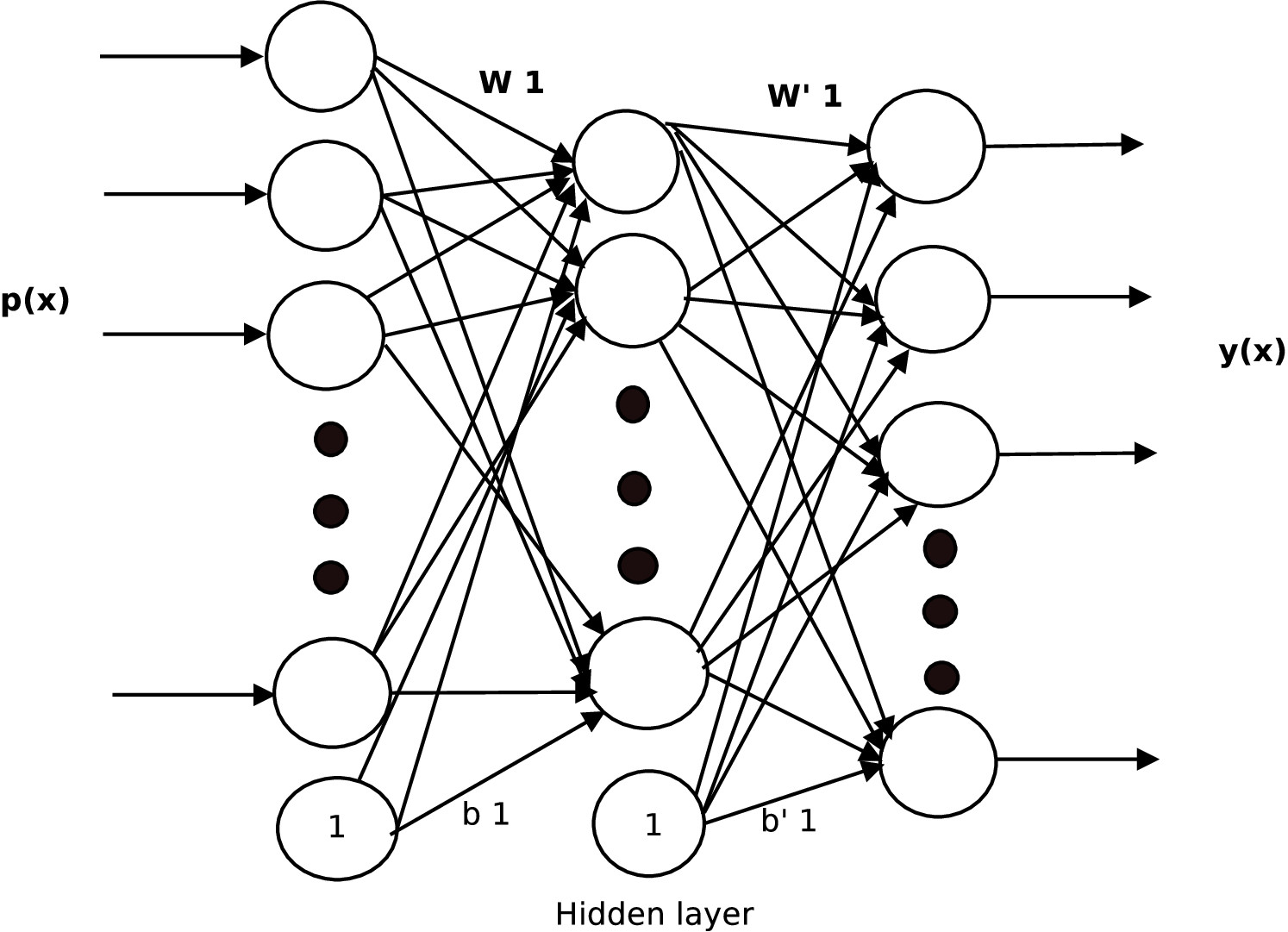 |
|
Stacked Autoencoders is obtained by stacking one layer of autoencoder after the other. A composition of several levels of nonlinearity in a neural network can efficiently model complex relationships between variables.
|
 |
|
First the dataset for training/testing/cross validation is generated. An autoencoder is designed and the data set is used to train it. The performance of the autoencoder to remove additive noise is tested with external noisy letter images.
|
 |
|
Experiment consists of generation of dataset, development of stacked denoising autoencoder and testing.
|
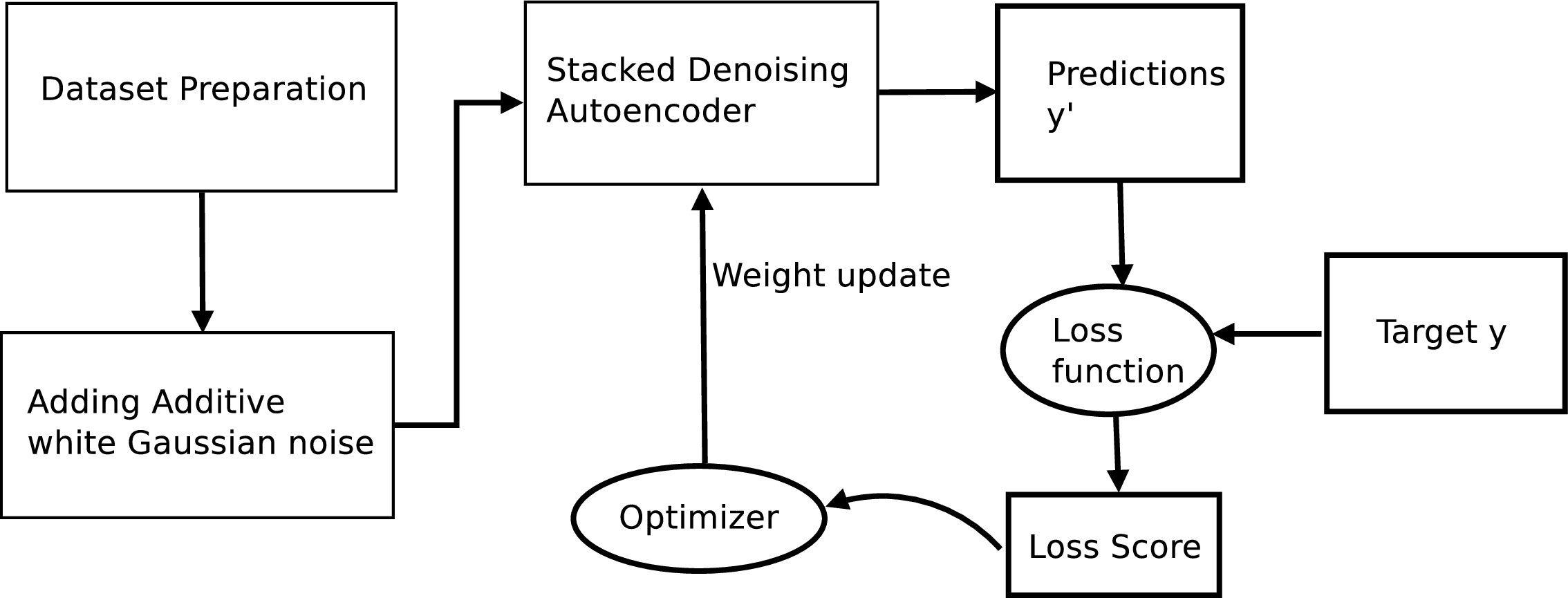 |
|
The system is tested with noisy letter images of known variance. End to end pre-training is done using 59,119 noisy letter images. A comparative study with other filters is done in terms of Peak Signal to Noise Ratio(PSNR), Signal to Noise Ratio (SNR), Structural Similarity Index (SSIM) and Universal Image Quality Index (UQI). The prediction process using GPR is published as a journal paper
|
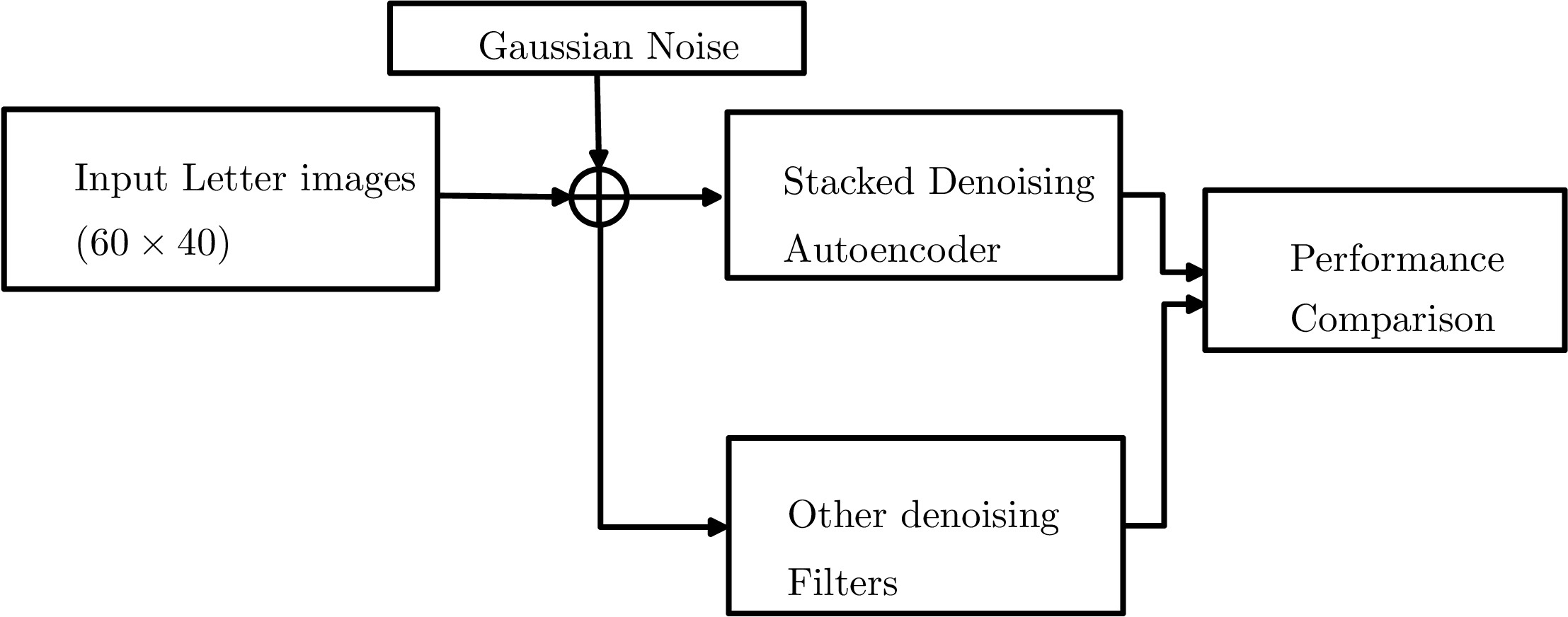 |
|
First row shows original images, second row shows images with 40% noise variance and third row shows the SDAE output The prediction process using GPR is published as a journal paper
|
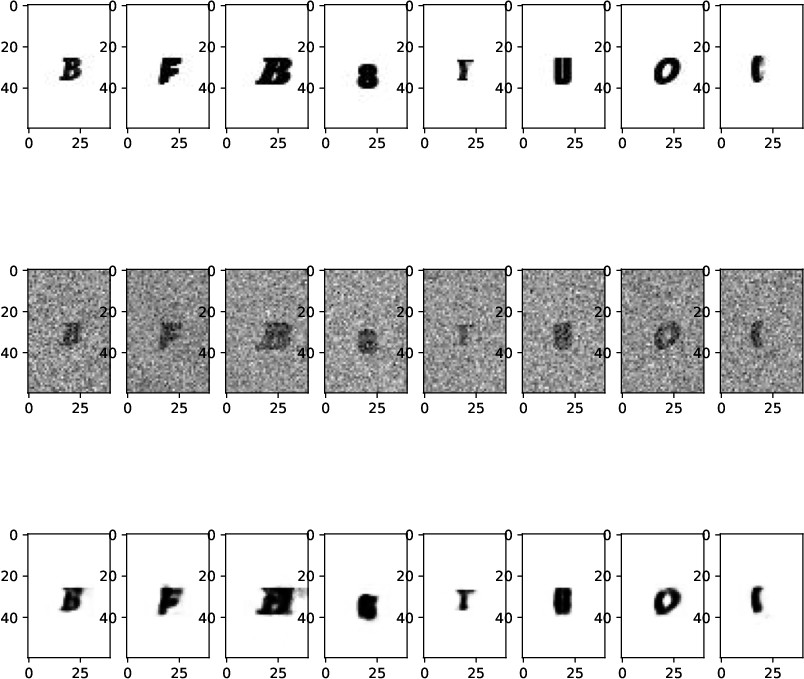 |
|
SSIM comparison of five denoising methods, SDAE, NLM, Gaussian filter, Mean filter and anisotropic diffusion filter is shown in Figure. The stable performance of SDAE can be accounted from this graph. The prediction process using GPR is published as a journal paper
|
 |
|
Comparison of Universal image Quality Index for different methods is shown in Figure. The prediction process using GPR is published as a journal paper
|
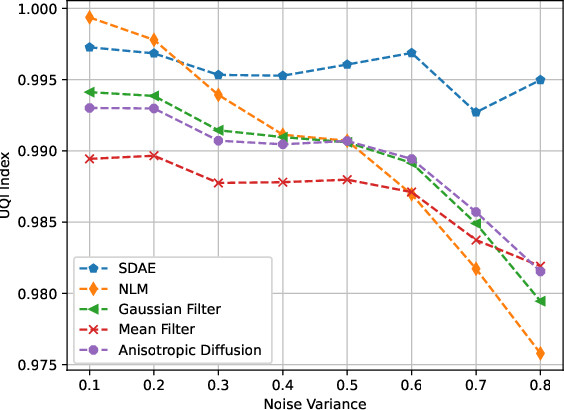 |